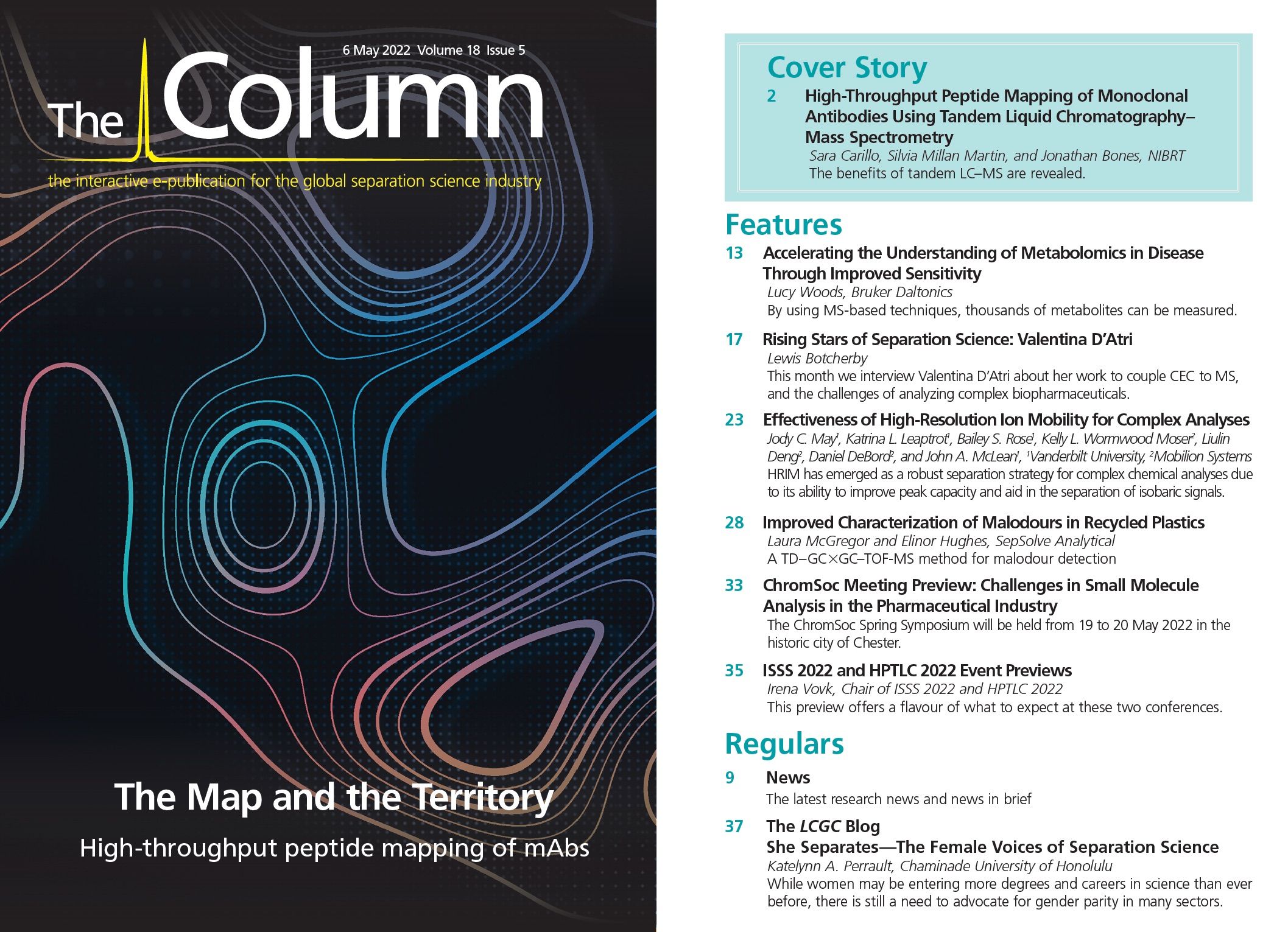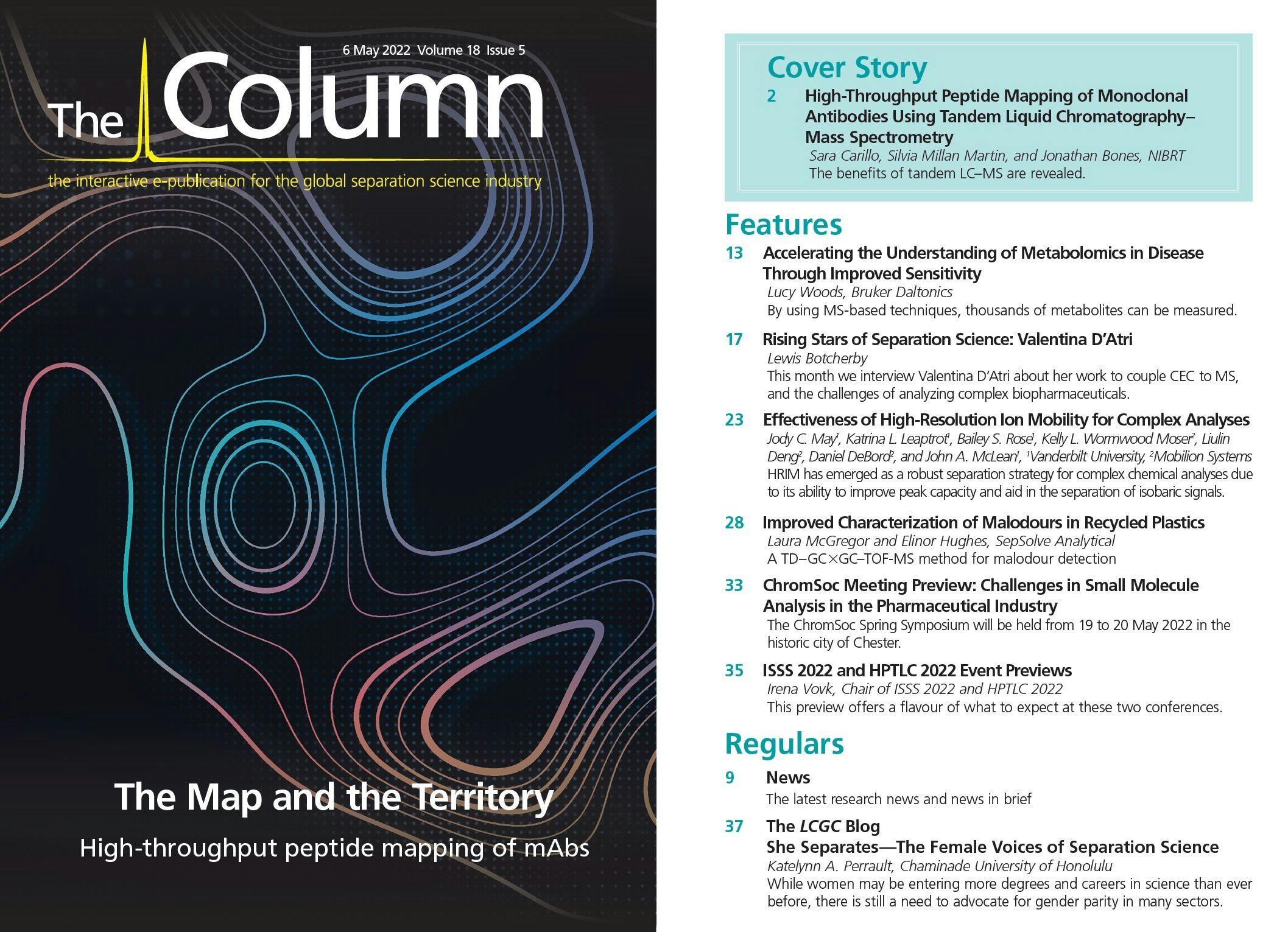Investigating Ciguatera Using LC–MS/MS
Researchers from Japan have used liquid chromatography tandem mass spectrometry (LC–MS/MS) to investigate the ciguatoxins (CTXs) responsible for ciguatera fish poisoning (CFP), commonly known as ciguatera (1).
Common within the tropics and subtropical Indo-Pacific region as well as the Caribbean Sea, CFP affects people when they have ingested seafood infected with CTXs, which are produced by the algae dinoflagellates. These algae are found in shallow coastal waters on the surface of seaweed and other marine plants such as corals and are subsequently consumed by herbivorous fish. Carnivorous fish then go on to consume these smaller species, and this continues up the food chain with the toxins becoming more and more concentrated in a process known as biomagnification.
Once the toxins have been consumed a wide range of symptoms are possible, with acute symptoms appearing within 48 h and affecting almost all organ systems. These include fatigue, generalized pain, nausea, vomiting, diarrhoea, low blood pressure, and heart rhythm disorder. Unfortunately, most of these symptoms are quite general and could hint towards other food poisonings, which is one of the main issues when attempting to estimate the global burden of the disease, as there is widespread under-reporting and misdiagnosis. However, in regions where the poison-producing dinoflagellates grow, such as the Pacific Islands, estimates are that up to 10% of the local population is affected each year. Furthermore, at least 20% of affected persons can continue to have symptoms for months or even years after the initial poisoning, with neurological, neuropsychiatric, and memory disturbances. Recurrence can be triggered by certain foods, by behavioural situations, such as fatigue, or even external factors, such as sun exposure (2).
While CFP is endemic to the regions where the dinoflagellates grow, it is also increasingly a global problem because of the international seafood trade, with the European Rapid Alert System for Food and Feed issuing several alerts for ciguatoxins in the past few years, all stemming from chilled and frozen fish imported from other continents.
The causative toxins of ciguatera pose several analytical challenges. They are ladder‑shaped cyclic polyethers, classified into four groups based on their skeletal structures and the place of occurrence (1). However, they are oxidized in fish while moving up the food chain, thereby further diversifying their structure (3,4,5). Furthermore, their lipophilic features and vast diversity in polarity further increases their analytical challenge.
In this study, researchers focused on specimens collected from the Ryukyu Islands, an area of around 1000 km extending from a region near Taiwan to Kyushu Island, Japan. They targeted the grouper fish, Variola louti, as it is frequently implicated in CFP cases in this region. Using LC–MS/MS they analyzed the flesh of 154 individuals across various locations, detecting CTX in 99 (64%) specimens. In 65 specimens (43%) the toxin levels exceeded the FDA guidance level of 0.01 µg/kg. Researchers also confirmed the results of a study performed around a decade ago that indicated three analogues as the primary toxins in this fish species, namely CTX1B, 52-epi-54-deoxyCTX1B, and 54-deoxyCTX1B, indicating a consistent toxin profile in this species. Interestingly, the study found that skinnier fish contained more toxins than fattier fish, confirming fishermen folklore in the Ryukyu Islands that claims exactly that.
In summary, the researchers believed that the current FDA recommendations were too strict based on their data relating to toxin levels and the number of CFP cases. However, they acknowledged that further investigation and more data accumulation related to human CFP cases and fish toxicities are
both needed.
References
- N. Oshiro et al., J. Mar. Sci. Eng. 10, 423 (2022). https://doi.org/10.3390/jmse10030423
- https://www.who.int/publications/i/item/WHO-HEP-NFS-SSA-2022.1
- T. Yasumoto, Proc. Jpn. Acad. Ser. B 81, 43–51 (2005).
- T. Yasumoto and M. Satake, J. Toxicol. Toxin Rev. 15, 91–107 (1996).
- T. Ikehara et al., Toxins 9, 205 (2017).

Removing Double-Stranded RNA Impurities Using Chromatography
April 8th 2025Researchers from Agency for Science, Technology and Research in Singapore recently published a review article exploring how chromatography can be used to remove double-stranded RNA impurities during mRNA therapeutics production.



















